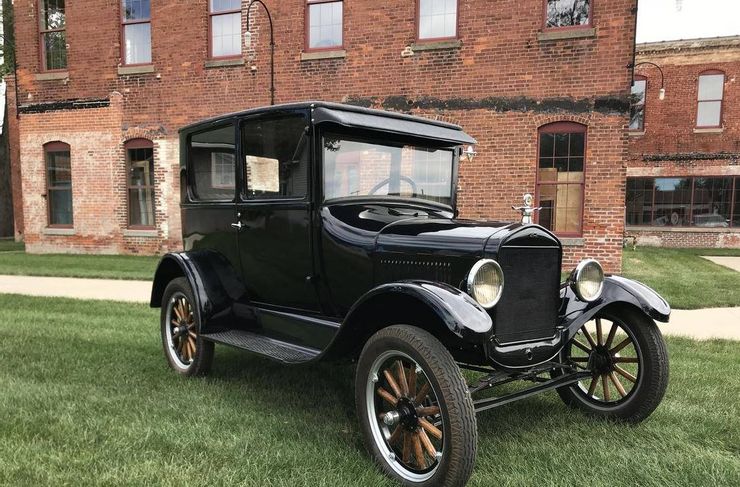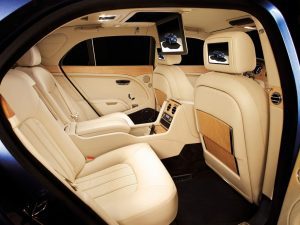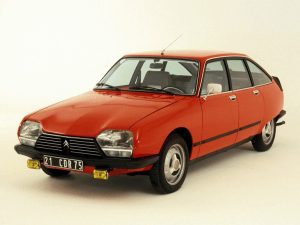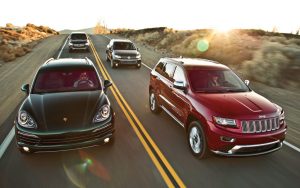
The automotive industry has gone through numerous turning points, but only a few models have left a lasting mark and shaped the way we experience cars today. Whether they brought technological innovations, enabled mass mobility, or reshaped the market, these five cars changed the history of the automotive industry.

1. Ford Model T (1908) – The car that motorized the world
Henry Ford didn’t invent the car, but with the Model T he did something far more significant – he made it accessible to ordinary people. Before the Model T, cars were a luxury only the rich could afford, and production was slow and expensive.
In 1913, Ford introduced the moving assembly line – a revolutionary method of production that drastically reduced costs and sped up the vehicle assembly process. Thanks to this, the Model T became the first car that workers and farmers could afford, kickstarting the motorization of America and later the rest of the world.
Why is the Model T important?
- Introduced mass production and standardized parts.
- Laid the foundation for the modern auto industry.
- Was extremely reliable and easy to maintain.
- Enabled mobility for millions of people.
By 1927, more than 15 million units were produced, making it one of the best-selling cars of all time.

2. Volkswagen Beetle (1938) – A symbol of simplicity and longevity
While the Ford Model T launched the car era, the Volkswagen Beetle proved how a simple, economical, and reliable car could become a global phenomenon.
The project began in Germany under Adolf Hitler’s initiative, who wanted a “people’s car” for mass use. However, the Beetle achieved true success only after World War II, when it became synonymous with reliability, longevity, and affordability.
Why is the Beetle important?
- One of the longest-running car models in history (produced from 1938 to 2003).
- More than 21 million units sold, making it one of the best-selling cars ever.
- Gained popularity as part of the counterculture of the 1960s and 70s, especially in the U.S.
- Served as the foundation for the development of many Volkswagen models.
Today, the Beetle is a cult classic that still enjoys great popularity among collectors and classic car enthusiasts.

3. Mini (1959) – A revolution in compact design
By the late 1950s, most cars were bulky and expensive, but the British Mini introduced a completely new design philosophy. With its compact dimensions and innovative space layout, it set the standard for all future city cars.
The Mini was the first car to use a transversely mounted engine with front-wheel drive, allowing maximum use of interior space. This configuration became the basis for most modern cars, and its iconic design and exceptional driving dynamics made it a favorite among drivers of all generations.
Why is the Mini important?
- Introduced the transverse engine with front-wheel drive, now used by nearly all small cars.
- Was extremely economical and suited for urban lifestyles.
- Became a sports icon thanks to rally successes, including wins at the Monte Carlo Rally.
- Its design remains recognizable even in modern MINI models.
The Mini is not just a car – it’s a symbol of an era and a revolution in automotive design.

4. Toyota Prius (1997) – A pioneer of hybrid technology
At a time when cars consumed a lot of fuel and environmental awareness was just beginning to grow, the Toyota Prius emerged as a pioneer of hybrid technology. It was the first mass-produced car to combine a gasoline and electric engine, marking the beginning of an era of more environmentally friendly vehicles.
Although many initially doubted its success, the Prius quickly became a symbol of fuel efficiency and environmental consciousness, becoming a favorite among celebrities and drivers wanting to reduce fuel consumption.
Why is the Prius important?
- Introduced hybrid drive to mass production.
- Laid the groundwork for vehicle electrification, paving the way for today’s EV models.
- Proved that cars can be economical without sacrificing performance.
- Toyota continuously improved it, and today it’s synonymous with hybrid cars.
Today, as the world shifts to electric vehicles, the Prius remains one of the most important cars in the transition from conventional engines to alternative energy sources.

5. Tesla Model S (2012) – The start of the electric revolution
Although electric cars existed before, none had as much impact as the Tesla Model S. The first luxury electric car with long range and incredible performance changed the way people view EVs.
The Model S not only proved that electric cars can be practical for everyday use, but also set new performance standards – with acceleration from 0 to 100 km/h in under 3 seconds and a range that surpassed most gasoline cars at the time.
Why is the Model S important?
- Started the electric revolution and forced major manufacturers to turn to EVs.
- Showed that electric cars can have long range and top-tier performance.
- Introduced advanced software with over-the-air updates (OTA updates).
- Popularized fast chargers and accelerated the development of EV infrastructure.
Today, with the explosion of the EV market, the Model S remains one of the most influential cars of the modern era.
From Ford’s Model T, which put the world on wheels, to Tesla’s Model S, which sparked the electric revolution, each of these cars left an indelible mark on automotive history. Each represents a turning point that shaped how we drive today and what the future of motoring will look like.
Who knows – maybe we are already driving a model that will one day be featured on a list like this!





